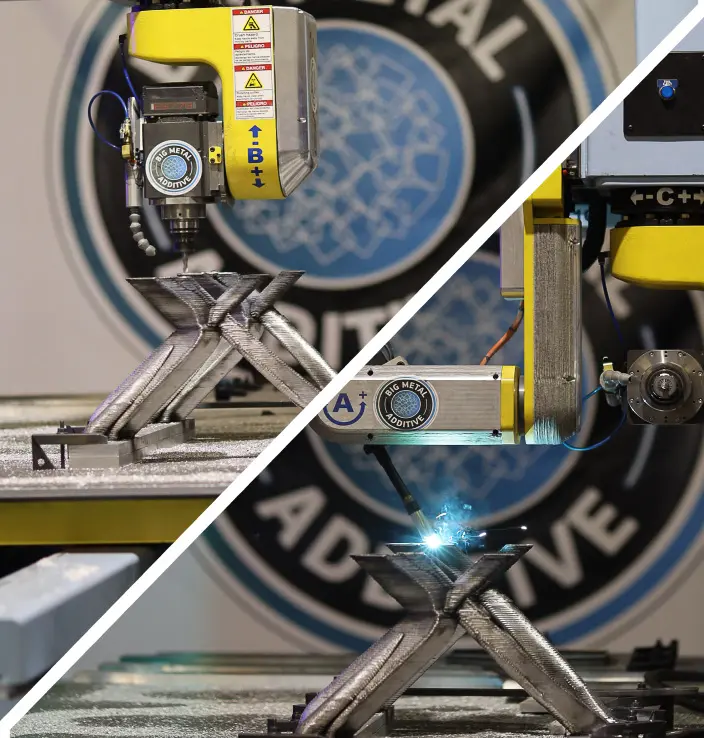In the current landscape 2023, it’s evident that, despite challenges, NASA remains on course. The promise and potential of space technology were evident in 2022, which marked a record year with 186 successful rocket launches, 41 more than the previous year. However, this year, the sector is not without its challenges. While this growth has ushered in opportunities for newcomers and expanded avenues for established players, recent months have seen setbacks for many space firms, like Virgin Orbit and Astra Space. As NASA moves closer to sending humans to the Moon, it is ever more clear that the rapid transformation of the space sector is a blend of unprecedented successes and reality checks.
This month, NASA’s role in shaping the future of space exploration is more alive than ever. The agency partnered with 11 US companies, prioritizing lunar exploration and innovative space technologies, allocated $14 million to boost Science, Technology, Engineering, and Mathematics (STEM) research at universities aligned with its Artemis missions, and set the stage for Northrop Grumman‘s 19th resupply launch to the International Space Station (ISS), spotlighting a critical gene therapy study.
Lunar exploration tech
Attempting to strengthen long-term space missions, NASA has enlisted the expertise of 11 US businesses. The technologies, from lunar surface power systems to in-space 3D printing tools, are geared toward maintaining a long-term human presence on the Moon via Artemis.
NASA Administrator Bill Nelson affirmed the agency’s confidence in commercial collaborations, underscoring that these investments will lay the groundwork for future space endeavors. Over the next four years, NASA’s Space Technology Mission Directorate (STMD) will finance these projects, backed by a contribution from the involved companies, amounting to at least 10-25% of the total project cost, based on the company’s size.
Among the companies selected is Big Metal Additive. The Denver-based company will receive $5.4 million for its project titled “Improving Cost and Availability of Space Habitat Structures with Additive Manufacturing.” The company will advance materials, manufacturing processes, equipment, and facilities for metal hybrid additive manufacturing. Furthermore, the project aims to increase technology readiness and reduce lead time, material waste, and cost to enable a range of structural products, including space habitats.
Big Metal Additive said in a LinkedIn post: “BMA has been selected for NASA’s Tipping Point opportunity! The partnership focuses on implementing NASA standards for manufacturing acceptance of spaceflight components. We look forward to this partnership working with NASA MSFC [Marshall Space Flight Center] experts.”
Other companies chosen by NASA are Astrobotic Technology, Blue Origin, Freedom Photonics, Lockheed Martin, Redwire, Protoinnovations, Psionic, United Launch Alliance, Varda Space (now the parent company to space tech 3D printing pioneer Launcher), and Zeno Power Systems. Considering the widespread use of 3D printing among these firms, it’s probable that AM will have a larger influence on the other companies’ projects than initially indicated.
Funding boost
NASA is allocating over $14 million to 19 academic institutions across the US to support the next generation of STEM talent. These funds will expand these institutions’ STEM capacities, fostering research key to spaceflight and preparing a diverse student population for careers in STEM.
Central to this initiative is the Minority University Research and Education Project (MUREP) Space Technology Artemis Research opportunity, which aims to support Minority Serving Institution (MSI) involvement in space research and technology. Among the selected institutions is California State University, Los Angeles, delving into the fascinating realm of lunar 3D printing with its project titled “Additive Manufacturing on the Moon: Exploring the Potential of Laser Wire Directed Energy Deposition for Metallic Component Fabrication.”
Funded by NASA’s Office of STEM Engagement, these awards will span three years, underscoring NASA’s enduring commitment to supporting underserved students and stimulating innovation in spaceflight research.
Cargo liftoff
In collaboration with commercial cargo provider Northrop Grumman, NASA is gearing up for its 19th resupply mission to the ISS, slated for August 1, 2023. The Cygnus cargo spacecraft, carrying over 8,200 pounds of supplies, will embark on its journey aboard the Antares rocket from Virginia’s Mid-Atlantic Regional Spaceport.

3Dl neuronal cells cultured in microgravity for Neuronix, which tests a gene therapy for neurological diseases. Image courtesy of Axonis Therapeutics.
A highlight of this resupply mission is the Neuronix investigation, marking significant progress in gene therapy research. The study aims to create a human stem cell-derived 3D neuron/astrocyte culture model designed to intricately mirror the human central nervous system. This essentially means scientists are cultivating human nerve cells (neurons) and their supporting cells (astrocytes) in a 3D environment that mimics the conditions of the human body more closely than traditional 2D cultures. This advanced model could spearhead the search for gene therapies for debilitating neurological disorders, from Alzheimer’s to paralysis.
With so much we don’t know out there, NASA’s latest efforts offer a glimpse into the advances, challenges, and promises of space exploration.
Subscribe to Our Email Newsletter
Stay up-to-date on all the latest news from the 3D printing industry and receive information and offers from third party vendors.
You May Also Like
New Report: Semiconductor Industry to See $1.4B in 3D Printing Revenues by 2032
“The semiconductor sector has become the most strategically significant area of global industry.” Truer words are hard to come by when it comes to the modern world, and they are...
Will Photonic-Crystal Lasers Revolutionize 3D Printing?
Powder bed fusion (PBF) for metals and polymers predominantly utilizes lasers as the primary heat source. Some directed energy deposition (DED) technologies also employ lasers, while various vat polymerization methods...
3D Printing Unpeeled: Orbex Investment, IndoMIM and HP, Ultrasonic Waves
INDO-MIM has bought three HP Metal Jet S100 printers, operating two in India and one in Texas. This is a win for HP because the company has deep experience in...
3D Printing Webinar and Event Roundup: April 21, 2024
It’s another busy week of webinars and events, starting with Hannover Messe in Germany and continuing with Metalcasting Congress, Chinaplas, TechBlick’s Innovation Festival, and more. Stratasys continues its advanced training...
































